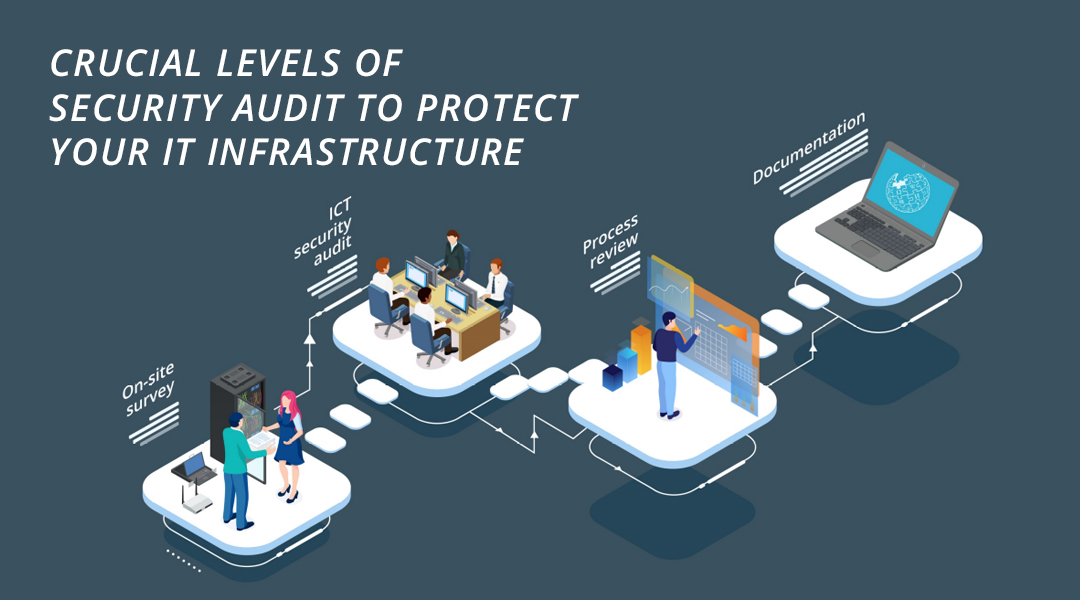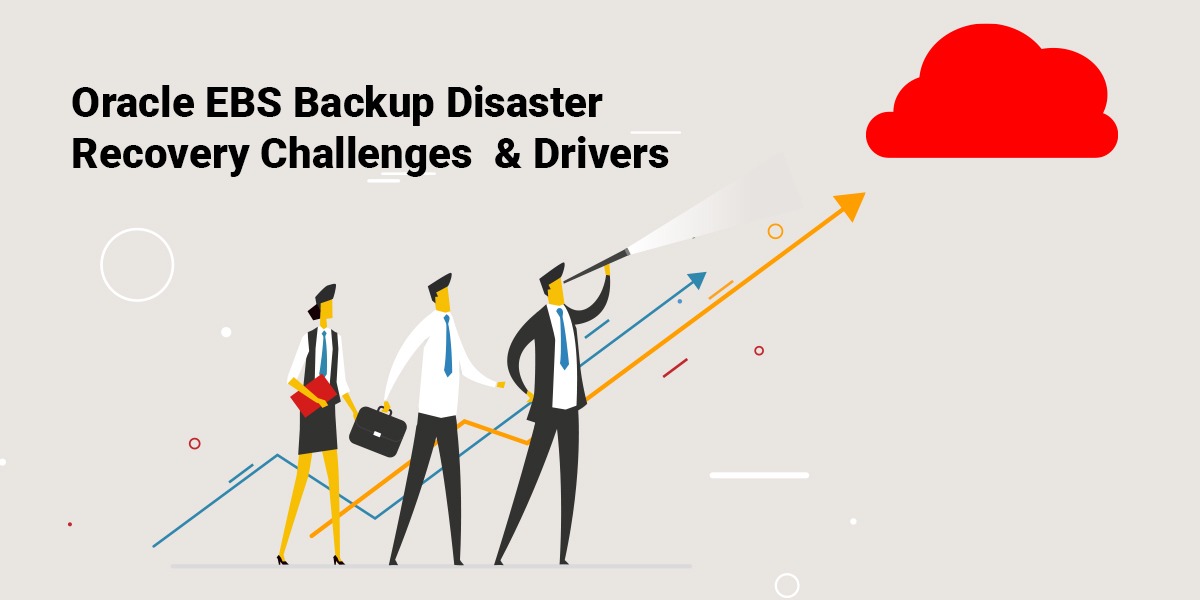Understanding EBS and Its Security Implications
Elastic Block Store (EBS) is a storage service provided by Amazon Web Services (AWS) that offers persistent block-level storage for Amazon Elastic Compute Cloud (EC2) instances. EBS is designed to provide high availability, durability, and flexibility for various workloads, making it a popular choice for many organizations. However, with the increasing use of EBS, it is crucial to ensure its security to prevent data breaches and loss of sensitive information.
Secure EBS involves implementing various security measures, such as access control policies, data encryption, monitoring and auditing, and disaster recovery strategies. Neglecting these measures can result in unauthorized access, data theft, and service disruptions, leading to financial losses, reputational damage, and legal consequences. Therefore, understanding the security implications of EBS and implementing best practices is essential for any organization using AWS.
Implementing Access Control Policies for Secure EBS
Access control policies are essential for secure EBS as they define who can access the EBS volumes and what actions they can perform. Implementing access control policies involves using Identity and Access Management (IAM) roles and policies, access key rotation, and multi-factor authentication (MFA).
IAM roles and policies allow you to define who can access your EBS volumes and what actions they can perform. For example, you can create an IAM role that grants your EC2 instances access to specific EBS volumes. You can also use IAM policies to restrict access to specific IP addresses or regions. It is recommended to follow the principle of least privilege, which means granting only the necessary permissions required to perform a task.
Access key rotation is another best practice for secure EBS. Access keys are long-term credentials that allow access to AWS services, including EBS. Rotating access keys regularly reduces the risk of unauthorized access if an access key is compromised. AWS recommends rotating access keys every 90 days.
Multi-factor authentication (MFA) adds an extra layer of security to your AWS account and EBS volumes. MFA requires users to provide a second form of authentication, such as a code generated by a hardware token or an authentication app on their mobile device. Enabling MFA for your AWS account and IAM users can prevent unauthorized access to your EBS volumes.
In summary, implementing access control policies is crucial for secure EBS. By using IAM roles and policies, access key rotation, and multi-factor authentication, you can reduce the risk of unauthorized access and data breaches. Remember to follow the principle of least privilege and regularly review and update your access control policies to ensure they are up-to-date and effective.
Encrypting Data at Rest and In Transit for Secure EBS
Encrypting data is a critical aspect of ensuring data security in EBS. Data encryption converts plaintext data into ciphertext, which can only be accessed with a decryption key. Encrypting data at rest and in transit helps protect sensitive information from unauthorized access, data breaches, and loss.
Data at rest refers to data that is not actively being used, such as data stored in EBS volumes or snapshots. Encrypting data at rest involves using encryption keys to encrypt the data before storing it in EBS. AWS provides several key management services, such as AWS Key Management Service (KMS) and AWS CloudHSM, that can be used to manage and generate encryption keys for EBS.
Data in transit refers to data that is being transferred from one location to another, such as data being sent over a network. Encrypting data in transit involves using secure communication protocols, such as Secure Sockets Layer/Transport Layer Security (SSL/TLS) or Virtual Private Cloud (VPC) endpoints, to protect the data during transmission.
The benefits of using encryption keys and key management services include centralized key management, automated key rotation, and fine-grained access control. Centralized key management allows you to manage all your encryption keys in one place, making it easier to enforce security policies and comply with regulations. Automated key rotation reduces the risk of key compromise by regularly changing the encryption keys. Fine-grained access control allows you to define who can access the encryption keys and what actions they can perform.
In summary, encrypting data at rest and in transit is essential for secure EBS. By using encryption keys and key management services, you can protect sensitive information from unauthorized access, data breaches, and loss. Remember to use secure communication protocols and regularly review and update your encryption policies to ensure they are up-to-date and effective.
Monitoring and Auditing for Secure EBS
Monitoring and auditing are essential components of a secure EBS environment. Regular monitoring and auditing help detect and respond to security threats, ensuring the confidentiality, integrity, and availability of your data.
Monitoring involves tracking system activities, performance metrics, and security-related events in real-time. AWS provides several tools and services that can help monitor and audit EBS, including CloudTrail, Config, and Inspector.
CloudTrail is a service that enables auditing, compliance, and governance of your AWS account. It records API calls made on your account and provides detailed logs that can be used to track user activity, identify security threats, and troubleshoot issues. CloudTrail can be used to monitor EBS-related API calls, such as creating, deleting, and modifying EBS volumes and snapshots.
Config is a service that enables continuous monitoring and evaluation of your AWS resources. It provides a detailed view of your resource configurations and helps ensure compliance with your security policies. Config can be used to monitor EBS volumes and snapshots, tracking changes to their configurations and identifying deviations from your security policies.
Inspector is a service that performs automated security assessments of your AWS resources. It helps identify vulnerabilities and deviations from best practices, providing recommendations for remediation. Inspector can be used to assess the security of your EBS volumes and instances, identifying common vulnerabilities, such as unencrypted data at rest and in transit, and weak access controls.
Auditing involves reviewing and analyzing system logs, security events, and other relevant data to ensure compliance with regulations and best practices. Regular auditing can help detect security threats, identify vulnerabilities, and provide evidence of compliance. AWS provides several tools and services that can help with auditing, including AWS Security Hub, AWS Audit Manager, and AWS Artifact.
Security Hub is a service that provides a comprehensive view of your security and compliance posture across your AWS environment. It aggregates security findings from multiple services, including CloudTrail, Config, and Inspector, and provides a single dashboard to manage security and compliance.
Audit Manager is a service that automates the auditing process, helping you maintain compliance with regulations and industry standards. It provides a centralized repository for audit evidence, enabling you to demonstrate compliance and identify areas for improvement.
Artifact is a service that provides access to AWS’s compliance reports and other security-related documentation. It can be used to demonstrate compliance with various regulations, such as PCI DSS, HIPAA, and GDPR.
In summary, monitoring and auditing are critical for secure EBS. By using tools and services such as CloudTrail, Config, Inspector, Security Hub, Audit Manager, and Artifact, you can detect and respond to security threats, ensure compliance with regulations and best practices, and maintain the confidentiality, integrity, and availability of your data.
Designing Secure EBS Architecture
Designing a secure EBS architecture is crucial to ensuring the confidentiality, integrity, and availability of your data. A well-designed EBS architecture can help prevent data breaches, reduce downtime, and ensure compliance with industry standards and regulations.
Here are some best practices for designing a secure EBS architecture:
- Use EBS snapshots: EBS snapshots are point-in-time copies of your EBS volumes that can be used for backup and disaster recovery purposes. Regularly taking EBS snapshots can help ensure that you can recover your data in the event of a failure or disaster.
- Use multi-AZ deployments: Multi-AZ deployments involve replicating your EBS volumes and instances across multiple availability zones. This can help ensure that your data is available even if one availability zone goes down.
- Use EBS-optimized instances: EBS-optimized instances are designed to deliver high levels of EBS I/O performance. Using EBS-optimized instances can help ensure that your applications can access your EBS volumes quickly and reliably.
- Use AWS security services: AWS provides several security services that can help secure your EBS volumes, including Security Groups and Network Access Control Lists (NACLs). Security Groups act as virtual firewalls that control inbound and outbound traffic to your instances, while NACLs provide additional network-level security.
When designing your EBS architecture, it’s essential to consider the specific needs of your application. For example, if your application requires high levels of I/O performance, you may want to use EBS-optimized instances. If your application handles sensitive data, you may want to use encryption and access control policies to ensure that only authorized users can access the data.
It’s also essential to regularly review and update your EBS architecture to ensure that it remains secure and compliant with industry standards and regulations. This may involve updating your access control policies, testing your backup and disaster recovery strategies, and implementing new security features as they become available.
In summary, designing a secure EBS architecture involves using best practices such as EBS snapshots, multi-AZ deployments, EBS-optimized instances, and AWS security services. By following these best practices, you can help ensure that your data is secure, available, and compliant with industry standards and regulations.
Securely Migrating Data to EBS
Migrating data to Elastic Block Store (EBS) can be a complex process, but it’s essential to ensure that the migration is secure to prevent data breaches and loss of sensitive information. In this article, we’ll discuss some best practices for securely migrating data to EBS.
Use AWS Data Migration Services
AWS provides several data migration services that can help you securely migrate data to EBS. For example, the AWS Database Migration Service (DMS) can migrate data from a variety of sources to EBS, while the AWS Server Migration Service (SMS) can migrate entire servers to EBS. These services use encryption to protect data in transit and at rest, and they provide detailed logs and reports that can help you monitor and audit the migration process.
Encrypt Data During Migration
Encrypting data during migration is essential for ensuring the confidentiality and integrity of your data. You can use encryption keys and key management services, such as AWS Key Management Service (KMS), to encrypt data during migration. KMS provides a secure and scalable way to manage encryption keys, and it integrates seamlessly with other AWS services, including EBS.
Test the Migration Process Before Going Live
Testing the migration process before going live is crucial for ensuring that the migration is successful and secure. You should test the migration process in a staging environment that replicates your production environment as closely as possible. During testing, you should verify that data is encrypted in transit and at rest, that access controls are in place, and that backup and disaster recovery strategies are effective.
Implement Access Control Policies
Implementing access control policies is essential for securing data in EBS. You should use IAM roles and policies to control access to EBS volumes and snapshots, and you should use multi-factor authentication (MFA) to add an extra layer of security. You should also implement access key rotation policies to ensure that access keys are regularly updated and to prevent unauthorized access.
Monitor and Audit the Migration Process
Monitoring and auditing the migration process is essential for detecting and responding to security threats. You should use tools and services, such as AWS CloudTrail, Config, and Inspector, to monitor and audit the migration process. These tools can help you detect anomalies, identify security threats, and generate detailed reports and logs.
Conclusion
Securely migrating data to EBS requires careful planning and execution. By using AWS data migration services, encrypting data during migration, testing the migration process before going live, implementing access control policies, and monitoring and auditing the migration process, you can ensure that your data is secure and compliant with industry standards and regulations.
Implementing Disaster Recovery Strategies for Secure EBS
Amazon Elastic Block Store (EBS) is a critical component of many AWS workloads, and ensuring its availability and integrity is essential for business continuity. Implementing disaster recovery strategies can help protect your EBS volumes and snapshots from data loss, downtime, and other disruptions. In this article, we’ll discuss some best practices for implementing disaster recovery strategies for secure EBS.
Use EBS Snapshots for Backup and Recovery
EBS snapshots are point-in-time copies of EBS volumes that can be used for backup and recovery purposes. You can create EBS snapshots manually or automatically using AWS services such as AWS Backup. EBS snapshots are stored in Amazon Simple Storage Service (S3) and can be used to create new EBS volumes or restore existing ones. Using EBS snapshots for backup and recovery can help ensure that your data is protected against data loss and can be recovered quickly in the event of a disaster.
Implement Multi-AZ Deployments for High Availability
Multi-AZ deployments involve replicating EBS volumes and other AWS resources across multiple availability zones (AZs) to ensure high availability and fault tolerance. In the event of an AZ outage, AWS automatically fails over to a healthy AZ, ensuring that your applications and data remain available. Implementing multi-AZ deployments can help protect your EBS volumes and snapshots from downtime and data loss due to AZ failures.
Use EBS-Optimized Instances for High IOPS Performance
EBS-optimized instances are designed to deliver high input/output operations per second (IOPS) performance for EBS volumes. Using EBS-optimized instances can help ensure that your applications and workloads can access your EBS volumes quickly and reliably, even during periods of high demand. Using EBS-optimized instances can help prevent data loss and downtime due to performance issues.
Use AWS Security Services for Additional Security and Compliance
AWS provides several security services that can help protect your EBS volumes and snapshots from security threats and ensure compliance with industry standards and regulations. For example, AWS Security Groups and Network Access Control Lists (NACLs) can help control access to your EBS volumes and snapshots, while AWS Key Management Service (KMS) can help manage encryption keys for encrypted EBS volumes. Using AWS security services can help ensure that your EBS volumes and snapshots are secure and compliant.
Test Your Disaster Recovery Strategies Regularly
Testing your disaster recovery strategies regularly can help ensure that they are effective and up-to-date. You should test your disaster recovery strategies in a test environment that replicates your production environment as closely as possible. During testing, you should verify that your EBS volumes and snapshots can be recovered quickly and reliably, and that your disaster recovery strategies are aligned with your business continuity objectives.
Conclusion
Implementing disaster recovery strategies for secure EBS involves using best practices such as using EBS snapshots, multi-AZ deployments, EBS-optimized instances, and AWS security services. By testing your disaster recovery strategies regularly and ensuring that they are aligned with your business continuity objectives, you can help protect your EBS volumes and snapshots from data loss, downtime, and other disruptions.
Staying Up-to-Date with EBS Security Best Practices
As cyber threats continue to evolve and become more sophisticated, it’s essential to stay up-to-date with the latest EBS security best practices. By following best practices and leveraging the latest tools and services, you can help ensure that your EBS environment is secure and compliant with industry standards and regulations.
Follow AWS Security Best Practices
AWS provides extensive documentation and resources on security best practices for EBS and other AWS services. By following these best practices, you can help ensure that your EBS environment is configured correctly and secure. Some best practices include using strong passwords, enabling multi-factor authentication, and regularly reviewing access logs.
Leverage AWS Security Services
AWS offers a range of security services that can help secure your EBS environment. For example, AWS Security Hub provides a comprehensive view of your security posture across AWS accounts and services, while AWS Shield provides protection against DDoS attacks. By leveraging these services, you can help ensure that your EBS environment is secure and compliant.
Stay Informed on the Latest Threats and Vulnerabilities
Staying informed on the latest threats and vulnerabilities is essential for securing your EBS environment. By regularly monitoring security blogs, whitepapers, and webinars, you can stay up-to-date on the latest threats and vulnerabilities and take appropriate action to secure your EBS environment.
Implement a Security-First Culture
Implementing a security-first culture is essential for securing your EBS environment. By prioritizing security in all aspects of your organization, you can help ensure that security is embedded in everything you do. This includes training employees on security best practices, implementing security policies and procedures, and regularly reviewing and updating your security posture.
Conclusion
Staying up-to-date with EBS security best practices is essential for ensuring that your EBS environment is secure and compliant with industry standards and regulations. By following best practices, leveraging AWS security services, staying informed on the latest threats and vulnerabilities, and implementing a security-first culture, you can help ensure that your EBS environment is secure and compliant.






